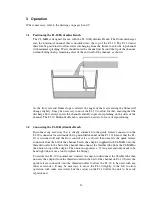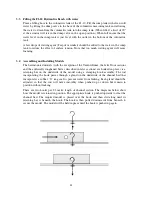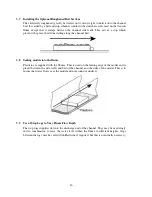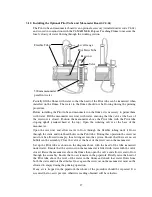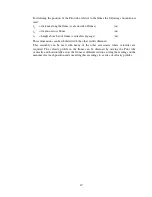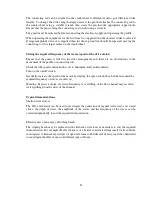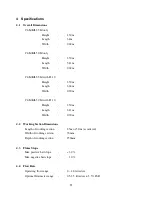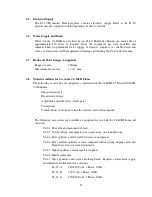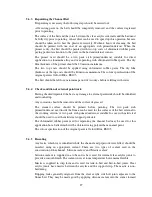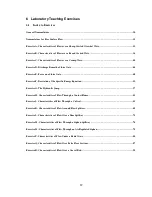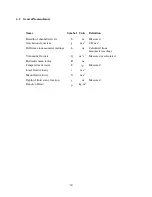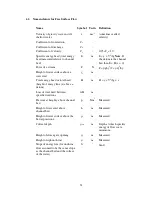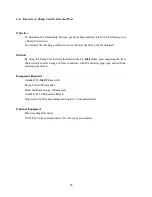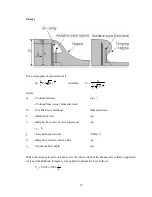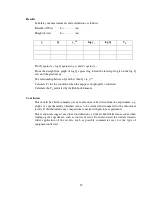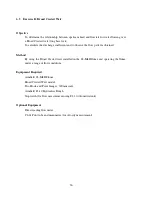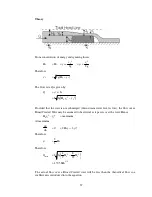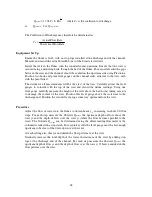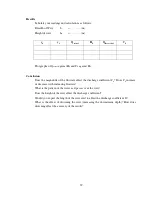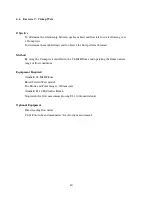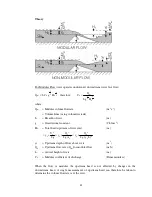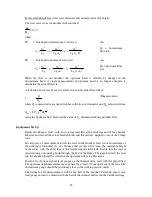
27
5.6.3
Repainting the Channel Bed
If repainting is necessary the following steps should be carried out:
All existing paint on the bed should be completely removed and the surface degreased
prior to painting.
The surface of the bed and the joints between the clear acrylic side walls and the bed must
be fully dry prior to painting. A hair drier can be used to speed up this operation but care
should be taken not to heat the plastic excessively. Within 4 hours of cleaning, the bed
should be painted with one coat of an appropriate etch primer/undercoat. When the
primer is dry, the bed should be painted with two top coats of chlorinated rubber paint,
paying particular attention to the joints in the bed and internal corners.
The primer used should be a two pack etch primer/undercoat suitable for direct
application to aluminium alloy and over-painting with chlorinated rubber paint. The dry
film thickness of the primer should be 20 microns minimum.
The two top coats should be applied using chlorinated rubber paint. The dry film
thickness of the top coats should be 80 microns minimum. The colour specification of the
original paint is Oxford Blue, BS105.
The bed should be left for a minimum period of two days before refilling with water.
5.6.4
Check condition of external paintwork
Having checked/repainted the bed, any damage to external paintwork should be identified
and touched up.
Any corrosion should be removed and the surface degreased.
The cleaned surface should be primed before painting. The two pack etch
primer/undercoat used inside the flume can be used for the surfaces of the bed external to
the working section. A two pack etch primer/undercoat suitable for use with mild steel
should be used to coat the mild steel support pedestals.
The chlorinated rubber paint used for repainting the channel bed may be used for this
application but a better finish will be obtained using polyurethane enamel paint.
The colour specification of the original paint is Oxford Blue, BS105
5.6.5
Resealing
Any leaks, which were identified while the channel and pipework were filled, should be
resealed using an appropriate sealant. There are two types of sealant used in the
construction of the channel, 'Silicone sealant' and 'Mastic sealant'.
Silicone sealant is supplied in a tube and is best used for internal clear acrylic joints to
provide a smooth finish. The sealant cures at room temperature but remains flexible.
Mastic is supplied in strip form and is used for tank-to-bed and bed-to-bed joints. Clear
acrylic joints have mastic between the acrylic and the support strip. The mastic is non-
hardening.
Dripping leaks generally originate from the clear acrylic side butt joints adjacent to the
flume bed. They may be made good by applying silicone sealant into the corner formed

